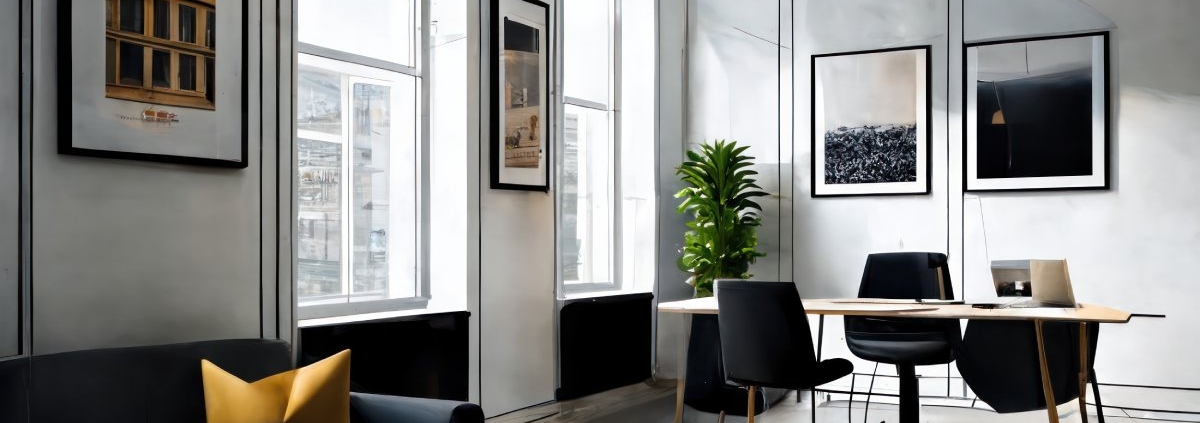Flexible Office Design: What It Is and Why It’s Beneficial
Office design is no longer limited to cubicles and fixed layouts. Businesses today are adopting flexible office designs to meet the demands of a dynamic and hybrid workforce. Flexible office designs prioritize adaptability and create environments that cater to various working styles and needs, from quiet focus areas to collaborative hubs. Learn more about flexible office design, what it is and why it’s beneficial to create a workplace that maximizes employee satisfaction and productivity.
What Is Flexible Office Design?
Flexible office design focuses on adaptable environments that support various work styles, team sizes, and evolving project demands throughout the day. This approach includes mobile desks, modular partitions, and hybrid areas where employees can seamlessly transition between collaborative and individual tasks.
Flexibility increases engagement, comfort, and overall productivity by allowing staff to select workspaces based on their current needs. For example, a marketing team may start the day brainstorming in a shared pod, then break out into quiet zones for focused content creation.
Key Advantages for Businesses
Adopting flexible office designs offers more than just aesthetic appeal. These spaces enhance employee engagement by creating environments that foster productivity and well-being. Another significant benefit is cost efficiency.
Businesses can better allocate resources and reduce wasted space with smarter commercial office space planning strategies. This adaptability accommodates growth or downsizing without major disruptions. Additionally, flexibility encourages innovation and agility, ensuring the office environment supports continuous evolution in business goals.
For example, a startup that has expanded its workforce by 30% in six months might avoid relocation by reconfiguring modular desks and multipurpose zones. The team can maintain workflow consistency by rearranging collaborative areas into focused workstations, enabling both seamless onboarding and efficient daily operations.
Practical Implementation of Flexibility
Consider your workforce’s specific needs to bring flexibility to life in your office. Using modular furniture systems can allow quick reconfigurations to accommodate various tasks. Incorporating shared work areas alongside quieter, individual-focused zones ensures that employees have access to collaborative and private spaces, promoting a balance between teamwork and individual focus.
Additionally, adjustable desks, wireless charging stations, connected meeting pods, and other smart technology enhances comfort, collaboration, and productivity across the workplace.
Flexible layouts should reflect a company’s culture and workflow, ensuring the environment supports innovation while reinforcing shared values and long-term organizational goals.
Why Flexible Office Design Matters Now
The modern workforce demands agile solutions for work-life balance. Flexible designs empower companies to attract and retain top talent by offering a versatile, people-centered workplace. Companies leveraging this approach also send a clear message about their commitment to fostering innovation and adaptability.
Delving deeper into what flexible office design is and why it’s beneficial enables businesses to remain competitive as they address the current and future challenges of workspace utilization. Investing in a flexible layout creates seamless adaptation to organizational changes and demonstrates foresight in creating a sustainable work environment. This innovation enables organizations to stay ahead in creating workplaces where employees thrive.



